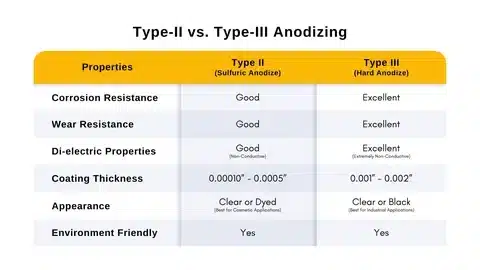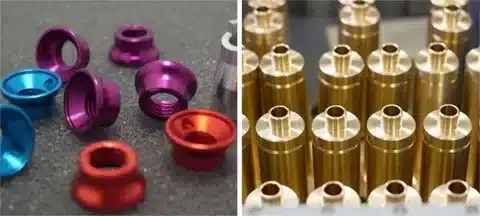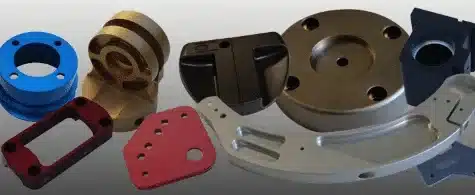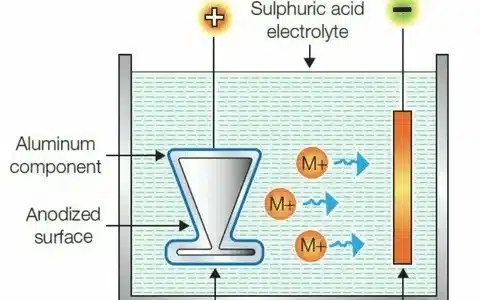What’s Anodizing: Your Essential Guide
An electrochemical process known as anodizing is used to convert the surfaces of aluminum into protective coatings of oxide, which provide increased resistance to corrosion, prettiness, and toughness as compared to the untouched metal. The three broad categories include Type I (chromic acid), Type II (sulfuric acid), and Type III (hardcoat), with each having its own set of applications in terms of thickness, hardness, and color capabilities. Although anodizing offers great advantages to aluminum parts in the automotive, aerospace, electronic, and medical industries, dimensional changes and material constraints are critical factors that have to be considered when specifying anodizing as a multifunctional surface treatment. Knowledge of the anodizing process described here will aid the engineers and manufacturers of the correct type to use in accordance with their own performance, appearance, and environmental needs.







